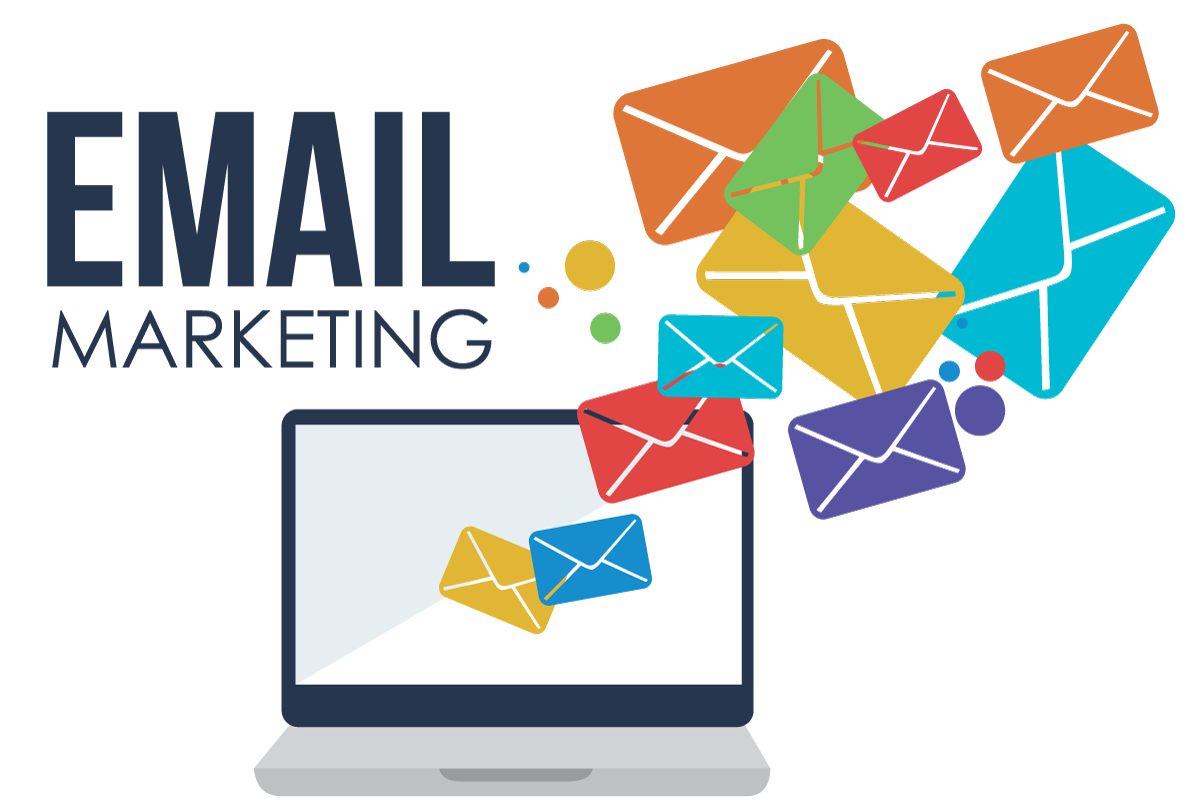
23, ago 2023
E-mail marketing
Is one of the most effective ways to reach and engage your audience. Whether you want to promote your products, services, events, or content, e-mail marketing can help you achieve your goals and grow your business.
But how do you create a successful e-mail marketing campaign? What are the best practices and tips to follow? How do you measure and optimize your results? In this blog post, we will answer these questions and more. We will show you how to plan, design, execute, and analyze your e-mail marketing campaigns using professional tools and techniques.
Here are the main steps to create a successful e-mail marketing campaign:
- Define your goals and audience. Before you start creating your e-mails, you need to have a clear idea of what you want to achieve and who you want to reach. What is the purpose of your campaign? What are the desired outcomes? Who are your target customers? What are their needs, preferences, and pain points? How can you segment them based on their demographics, behaviors, interests, or other criteria?
- Choose your e-mail marketing platform. To create and send your e-mails, you need a reliable and user-friendly e-mail marketing platform that offers the features and functionalities you need. Some of the most popular e-mail marketing platforms are Mailchimp, Constant Contact, AWeber, GetResponse, and HubSpot. These platforms allow you to create and manage your e-mail lists, design and customize your e-mails, automate your e-mail campaigns, track and analyze your performance, and integrate with other tools and platforms.
- Create your e-mail list and opt-in forms. To build your e-mail list, you need to collect the contact information of your potential and existing customers. The best way to do this is to use opt-in forms that ask for their permission to receive your e-mails. Opt-in forms can be placed on your website, landing pages, social media pages, or other online channels. You can also use lead magnets, such as ebooks, webinars, coupons, or free trials, to entice people to sign up for your e-mail list.
- Design your e-mails. Once you have your e-mail list ready, you can start designing your e-mails. The design of your e-mails should reflect your brand identity, match your campaign goals, and appeal to your audience. You should use a clear and catchy subject line, a compelling preheader text, an attractive header image, a relevant and engaging body copy, a strong call-to-action button, and a simple and professional footer. You should also use responsive design to ensure that your e-mails look good on any device.
- Test and optimize your e-mails. Before you send your e-mails to your entire list, you should test them for different aspects such as deliverability, readability, functionality, compatibility, and performance. You can use tools such as Litmus or Email on Acid to test how your e-mails look on different browsers, devices, and e-mail clients. You can also use tools such as CoSchedule or SubjectLine.com to test how effective your subject lines are. You can also use A/B testing or split testing to compare different versions of your e-mails and see which one performs better.
- Send and schedule your e-mails. After you have tested and optimized your e-mails, you can send them to your list or schedule them for a later date or time. You should consider the best time and frequency to send your e-mails based on your audience’s behavior and preferences. You should also avoid sending too many or too few e-mails that could annoy or lose your subscribers.
- Measure and analyze your results. The last step of creating a successful e-mail marketing campaign is to measure and analyze your results. You should track and monitor key metrics such as open rate, click-through rate, conversion rate, bounce rate, unsubscribe rate, revenue generated, return on investment (ROI), etc. You should also use tools such as Google Analytics or UTM parameters to track how much traffic and conversions come from your e-mail campaigns. You should also use feedback surveys or polls to get insights from your subscribers about their satisfaction and expectations.
By following these steps, you can create a successful e-mail marketing campaign that will help you reach and engage your audience, increase your brand awareness, generate leads and sales, and grow your business.
- 0
- Por marketing






